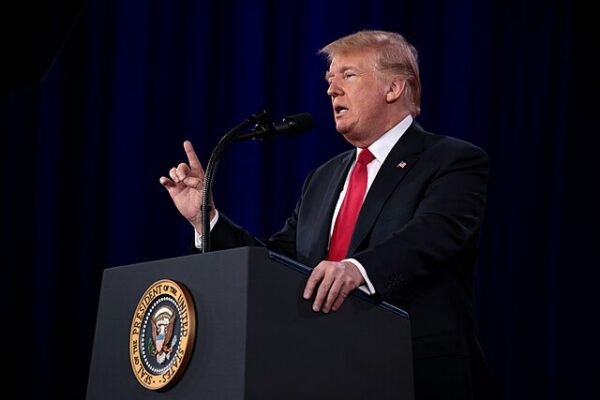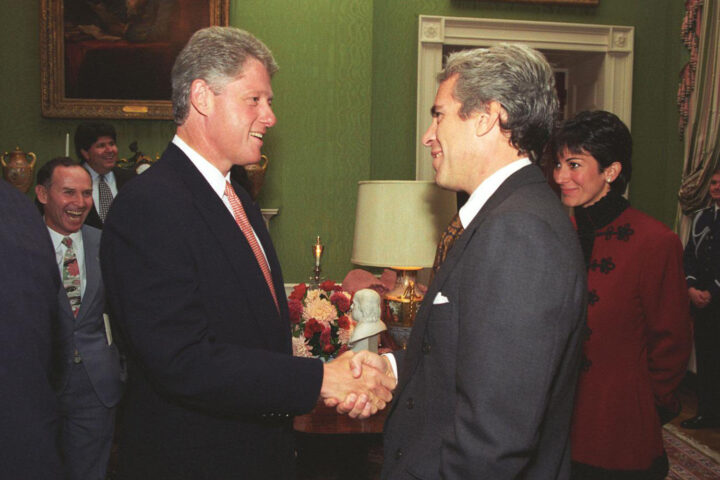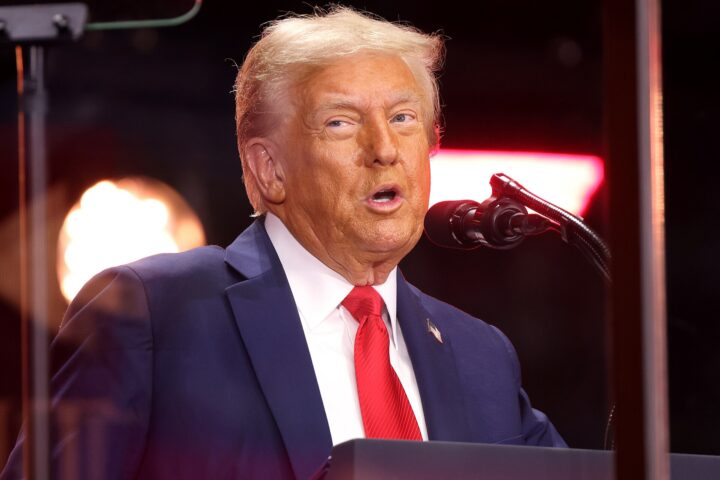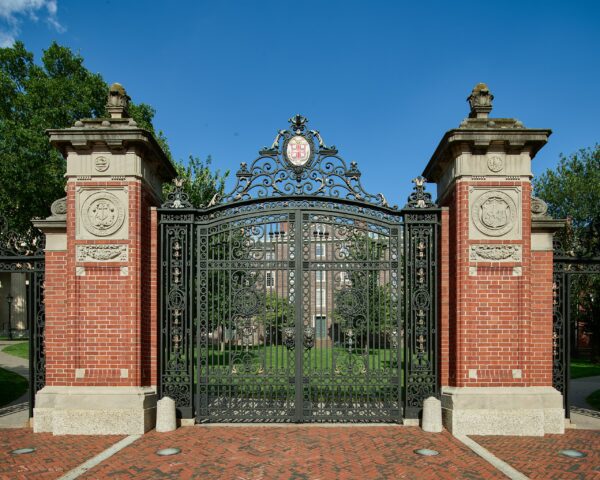President Donald J. Trump reportedly said Friday he will impose tariffs on imported furniture “within the next 50 days,” framing the move as a step to bring manufacturing jobs back to American communities that once thrived on furniture production.
In a post on Truth Social, the social media platform he owns, Mr. Trump announced that his administration has opened an investigation into foreign furniture imports, a procedural step before tariffs can be applied.
“Within the next 50 days, that Investigation will be completed, and Furniture coming from other Countries into the United States will be Tariffed at a Rate yet to be determined,” Mr. Trump wrote. “This will bring the Furniture Business back to North Carolina, South Carolina, Michigan, and States all across the Union. Thank you for your attention to this matter!”
The announcement underscores Mr. Trump’s belief that tariffs remain one of his most potent tools for rebuilding American manufacturing.
Once a backbone of local economies across the Carolinas and Midwest, the U.S. furniture industry has been battered by foreign imports for decades.
By singling out furniture, the president placed a spotlight on industries that many Americans believe were hollowed out by globalization and poor trade deals.
Friday’s declaration also comes amid a broader reshaping of U.S. trade policy. Earlier this month, the Trump administration rolled out a series of new trade pacts and import tax decisions, cementing what the president has described as a pro-American agenda.
He has already imposed tariffs of 15 percent to 20 percent on most foreign goods, with additional duties on steel, aluminum, autos and auto parts, and a range of electronics and appliances.
The result has been an average tariff rate of 18 percent—by some measures the highest level in decades.
The White House has embraced the revenue windfall generated by the new duties. Tariffs, which are collected as taxes from U.S. businesses and importers, have swelled federal coffers.
Administration officials have frequently highlighted the gains while dismissing what Mr. Trump has called “scores of economists” who predicted that his policies would trigger a recession.
To his critics, the tariff agenda has placed pressure on U.S. businesses, which have faced higher costs and in turn passed some of those expenses on to consumers.
Hiring has slowed, and prices have inched upward across many sectors. But to his supporters, the strategy represents long-overdue protection for industries that were neglected by past administrations in favor of international trade consensus.
By tying the furniture tariffs directly to states like North Carolina, South Carolina, and Michigan, Mr. Trump offered a reminder that his policies are aimed not at abstract economic models but at communities that once depended on steady, good-paying factory jobs.
The president’s plan, though short on details about the precise tariff rate, marks his latest bid to use trade policy as a lever for industrial revival.
Whether it will spark a domestic resurgence in furniture manufacturing remains to be seen, but Mr. Trump made clear that he views the measure as a rallying cry: tariffs as a means not just of punishing foreign competitors but of restoring American livelihoods.
[READ MORE: Poll Shows Sen. Husted With Early Lead Over Sherrod Brown in Ohio Senate Race]








